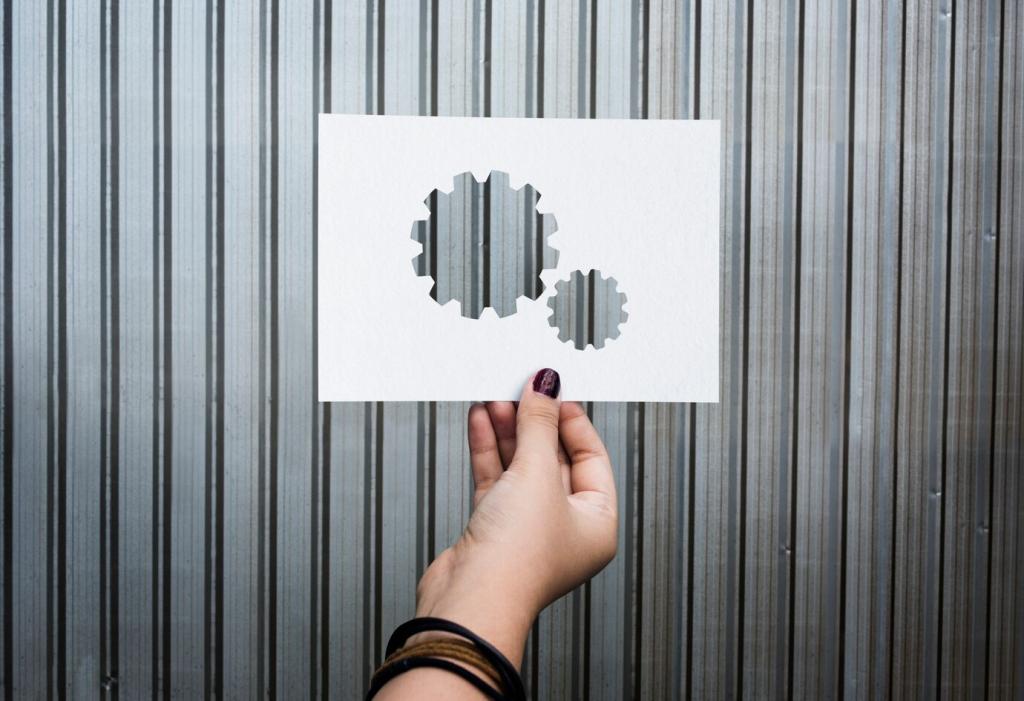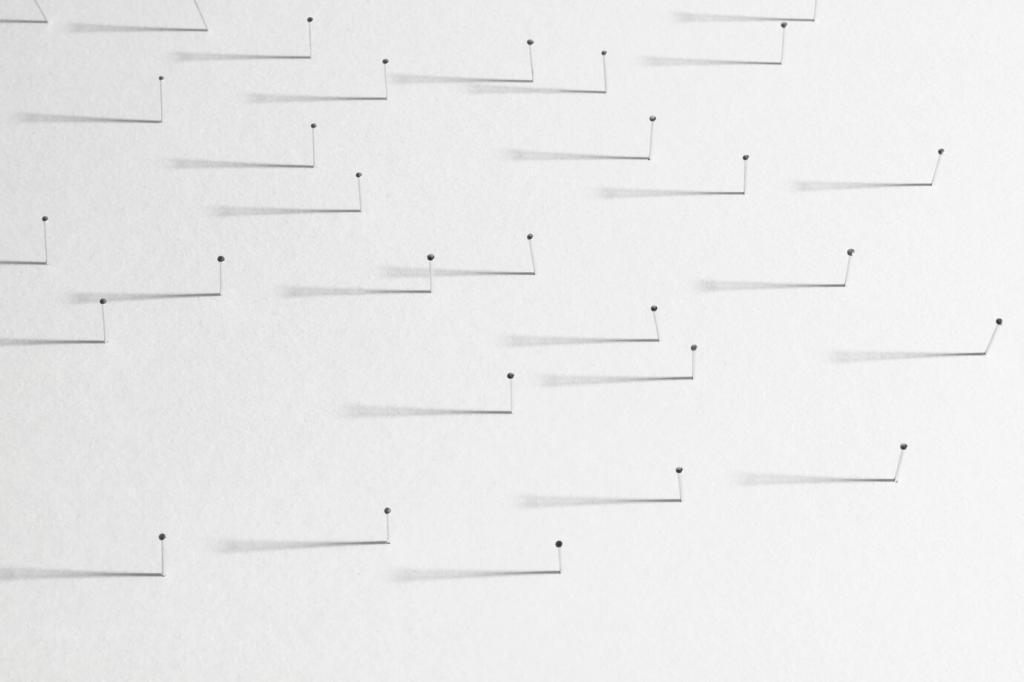Achieving a Minimalist Aesthetic on a Budget
Creating a minimalist aesthetic in your home doesn’t require a hefty investment or an interior design degree. Minimalism is about embracing simplicity, clean lines, and purpose-driven décor that values quality over quantity. When done thoughtfully, it can evoke a sense of calm, open space, and timeless style. If you’re working within a limited budget, it’s still possible to transform any room by focusing on essentials, decluttering, and selecting affordable yet tasteful pieces. The following guide provides practical and creative insights into crafting a minimalist space without overspending, so you can enjoy the beauty of less—without sacrificing warmth or your wallet.

Decluttering with Purpose
Evaluating Possessions Objectively
Take a step back and observe your surroundings with fresh eyes. Assess each item for its utility and emotional value, resisting the urge to hold onto things simply out of habit or sentiment. By viewing your belongings as a curator, you can determine which items suit your lifestyle and support your minimalist goals. This mindful approach helps you avoid unnecessary purchases in the future, allowing you to focus on quality over quantity while working within your budget.

Smart Shopping for Essentials
Focus your funds on one or two well-made, versatile items that will stand the test of time rather than many trendy or disposable ones. A durable sofa, a classic table, or good lighting can anchor a room and set the tone for your aesthetic. By saving up for and seeking out these investment pieces, perhaps through second-hand markets, you ensure your home remains stylish and functional for years, all while staying mindful of your budget limits.


Harnessing the Power of Neutral Palettes
Begin by identifying the neutral tones already present in your space, such as whites, creams, grays, or earthy hues. Building your color palette around existing elements saves you from unnecessary spending on new items. Aim for consistency across large surfaces like walls, floors, and big furniture, allowing textiles and artwork in complementary shades to add depth. This deliberate approach enhances minimalism’s serenity and makes coordinating new budget pieces much easier.
